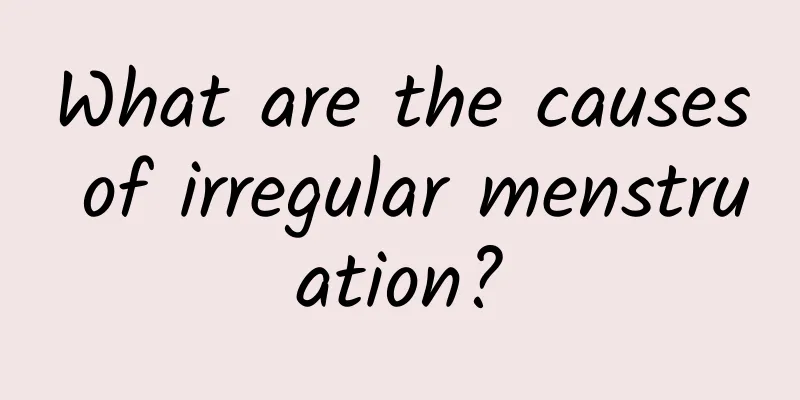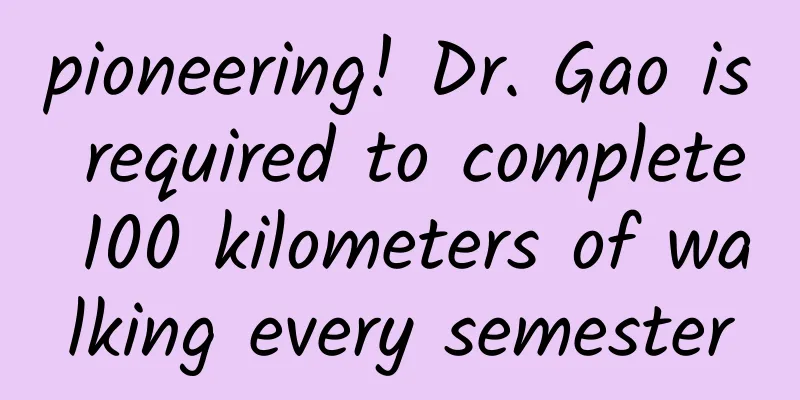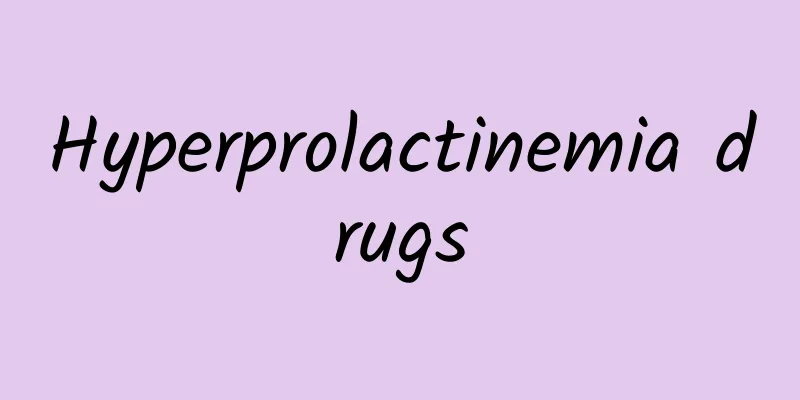7 yoga tips to prevent lactic acid accumulation and make you more relaxed after running

|
Dear runners, how much do you know about the world of yoga? Did you know that marathon training involves more than just running and weight training? Don't underestimate the seemingly easy yoga training. How are the benefits of yoga closely related to running? Running here will tell you how interesting it will be to add elements of yoga to your training before and after running, and you will get unexpected results. Let’s start with this sports life and do some yoga together! It's definitely easier than you think. What is the origin of yoga? When people talk about yoga in today’s society, they often think of it as bending over and over to demonstrate the limits of human strength and beauty. When many people hear about yoga, they will say, “My muscles are too stiff, I can’t do it…” However, what is accepted by everyone is only a small part of yoga! However, ancient yoga can be traced back to 5,000 years ago. It is a behavioral pattern of life, which was published in the Yoga Sutras of ancient sages and is one of the sects of "Mahayana Buddhism". In the Yoga Sutras, it is divided into four parts. The first part discusses the knowledge related to psychology; the second and third parts are mainly about asceticism, studying scriptures, and the eight-part yoga, which is the practice of asanas that we often see today; the fourth part aims to develop spiritual consciousness and obtain liberation. In the thousands of years of development of yoga, five major mainstreams have been formed in the traditional schools, namely, knowledge yoga, activity yoga, devotion yoga, raja yoga and hatha yoga. Today, people practice yoga asanas and create yoga based on real life and health. Although it is not completely consistent with the traditional practice in the Yoga Sutras, it still aims to awaken the body and mind to the door to the soul. What is Yoga? Yoga is not a stretching exercise, but a process of combining body and mind to achieve physical, mental and spiritual balance. It combines breathing, muscle strength, stretching, balance and core training, and achieves these effects on the human body at the same time through asanas. So when you start practicing yoga asanas, you will find that this is not a training for a single muscle group. You need to achieve a complete and perfect functional balance of your whole body to be a good yogi. In yoga training, not only will you make physical progress, but improvement in breathing and mind is also the focus of yoga. Breathing is the starting point of yoga. Yoga emphasizes abdominal breathing, which focuses on the process of inhaling air into the lungs and expanding the lungs, allowing yoga practitioners to control the speed and depth of their breathing. Yoga training can make our breathing more coordinated and balanced, and allow us to have more flexible response capabilities in different postures and movement patterns. The philosophy of yoga believes that true health can be achieved through adjustment of the body and breathing, and control of the mind and emotions. Yoga emphasizes peace of mind and relaxation. Yogis can use a smooth will to guide the flow of thoughts, which can not only control their own bodies and harmonize various functions, but also harmonize the people, things and objects around them. If the mind is not calm, it cannot control its breathing and the body cannot enter a static state. People who can master the static state know how to control all the movements of the body and can control their thoughts, their qi, body energy and internal organs. In the process of doing yoga, not only the meditation part that everyone is familiar with is involved, but also the training of various asanas are training our minds at the same time, allowing us to gain spiritual focus and peace. According to the authoritative explanation of the Yoga Sutras, the real purpose of practicing yoga is to purify oneself, to understand oneself and the absolute truth, and ultimately to connect the true self with the absolute truth and achieve a state of eternal happiness and knowledge. Why should runners practice yoga? For many runners, the only option when it comes to practicing running is to run all day long. From short distance, middle and long distance, long distance, shortened time, running on a treadmill... no matter what, running exercises are the main focus. But is this the only right way? Actually, it is not. The process of running includes the connection and scaling of muscles and connective tissues. Training and strengthening the core muscles will be a very important part of running training for beginner runners. When we walk, run or jump, the gluteus maximus, gluteus medius, gluteus minimus and quadratus lumborum in our body are responsible for stabilizing the pelvis. The deep muscles of the abdomen, hips and spine are the support base for us when running. Therefore, by strengthening the core muscles, we can stabilize the upper body and move the lower body when running, and the joint action of the core muscles can bring stability when running. After gradually strengthening the strength and coordination of the core muscles through muscle strength training, your legs will be more powerful when running, your feet will not be too heavy, your back can be straighter, your arms will swing more smoothly, and your shoulders will be more stable and relaxed when running. In addition to running better, more importantly, it can reduce your chances of running injuries. However, research has shown that running training will make the joints and connective tissues of the lower limbs tighter, which helps the muscles convert the energy of ground impact into propulsion force. Therefore, running can cause a decrease in flexibility, but when the hip and ankle joints are not flexible, it can also affect athletic performance. Therefore, based on the above analysis of running, yoga is a good choice in running training! 7 simple yoga poses to help you run smoothly! 1. Warrior 1 Muscles that apply force: Upper body - spinae, deltoids, pectoralis major, trapezius, rectus abdominis. Front foot - gluteus medius, gluteus minimus, quadriceps femoris. Hindfoot - gluteus medius, gluteus minimus, concentric contraction of the hamstrings, quadriceps femoris, sartorius. Stretching muscles: Upper body – latissimus dorsi, rhomboids, rectus abdominis, external obliques. Forefoot – hamstrings. Hindfoot - peroneus longus, rectus femoris. Function: Training the front thigh muscles increases the endurance of the thigh muscles during running, making running longer and easier. 2. Chair Pose Muscles that apply force: Upper body: spinae, trapezius, deltoids, abdominal muscles. Lower body: Quadriceps, gluteus medius, gluteus minimus, tibialis anterior, soleus. Stretching muscles: Latissimus dorsi, rhomboids, gluteus maximus, soleus. Function: Training the thigh and gluteus maximus to increase your stability when running. 3. Intense Side Stretch Muscles applied: Quadriceps, gluteus medius, gluteus minimus (for balance). Stretching muscles: Gluteus maximus, soleus, gastrocnemius, hamstrings, spinae. Function: After running, stretch the calves, thighs and back muscles. 4. Downward-Facing Dog Pose Muscles: serratus anterior, infraspinatus, teres minor, posterior deltoid. Muscles stretched: Latissimus dorsi, triceps, diaphragm, gluteus maximus, soleus, gastrocnemius, hamstrings, spinae. Function: Stretching the muscles in the back half of the body after running allows you to quickly tighten the muscles to achieve a relaxing effect. 5. Boat Pose Muscles that apply force: Upper body: spinae, abdominals, serratus anterior, rhomboids, deltoids, triceps. Lower body: Iliopsoas, rectus femoris. Stretchers: Hamstrings. Function: Powerfully train the core muscles to achieve rapid and stable running. 6. Plow Pose Muscles that apply force: Neck - rectus capitis major and minor. Legs – adductor magnus, pectineus, tibialis anterior. Arms – triceps, teres major, posterior deltoid. Stretching muscles: Spine - spinal muscles. Legs – gluteus maximus, gastrocnemius, soleus. Shoulders – serratus anterior, pectoralis major, pectoralis minor. Function: stretch the back muscles over a large range, increase the flexibility of the back muscles, and relieve the back after running. 7. Bridge Pose Muscles that apply force: Upper body: spinae. Lower body: Hamstrings, gluteus maximus. Muscles stretched: rectus abdominis, quadriceps femoris. Function: Training the posterior thigh muscles makes it easier to increase running speed. ※For more information, please visit TALK Online Magazine |
<<: Eat 6 meals a day to lose weight! The secret steps to losing weight you don’t know about
>>: Does not eating starch help you lose weight?
Recommend
Seven key points to effectively prevent cervicitis
How to effectively prevent the occurrence of cerv...
Losing weight is so difficult! How to treat lower body obesity?
Many female office workers sit for long periods o...
What causes ectopic pregnancy?
Ectopic pregnancy, also known as ectopic pregnanc...
Fukushima nuclear wastewater enters the sea, how to choose seafood? Nutritionist Li Zhiwei: 4 ways to reduce environmental toxins
The Japanese government has discharged nuclear wa...
What items should be checked before abortion?
Since my country has implemented family planning,...
Is it okay to continue taking Miffy if the abortion is not complete? Listen to the doctor
Can you continue to take Miffy if the abortion is...
What are the symptoms of threatened abortion? How many days will bleeding occur?
Typical symptoms of threatened abortion include d...
What should you pay attention to after an abortion?
What should you pay attention to after an abortio...
What is the main cause of cervical erosion?
Cervical erosion is mainly a disease of the cervi...
Factors that cause ectopic pregnancy
It is very important to know how to have an ectop...
Sacrifice for the show! Hollywood stars' weight changes
As the saying goes, "life is like a play.&qu...
The relationship between cervical warts and immunity
People can find that people with strong immunity ...
We should pay attention to the common symptoms of ovarian cysts as early as possible
Among female diseases, ovarian cysts are relative...
What are the hazards of cervical erosion in women? Here are some common sense to prevent cervical erosion
Does cervicitis affect fertility? Many women are ...
How to treat female cervical hypertrophy
How should women with cervical hypertrophy be tre...









